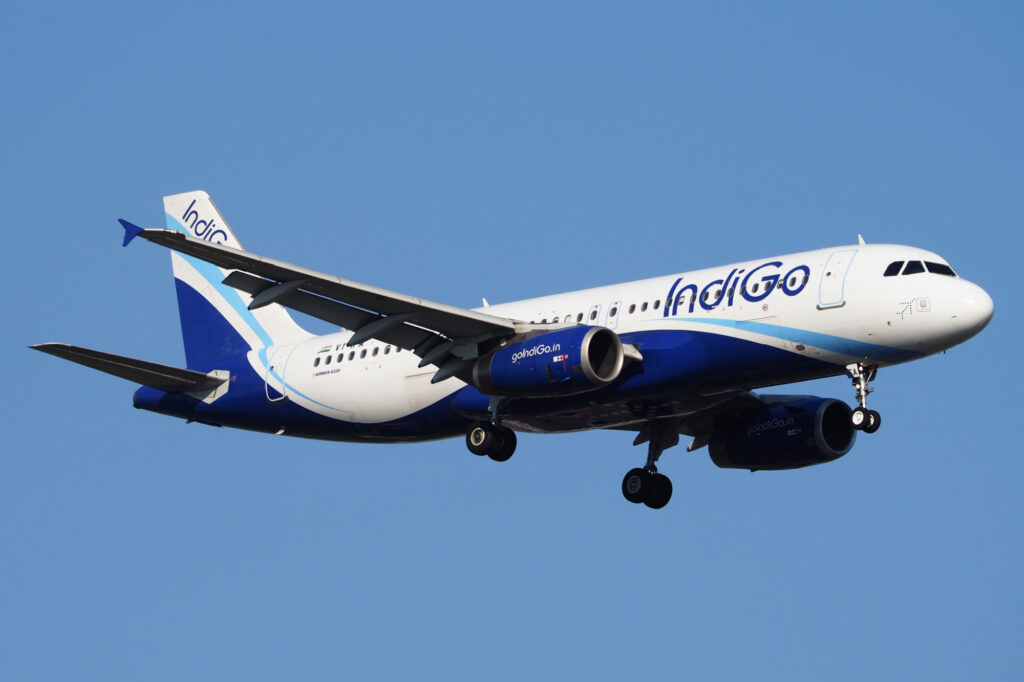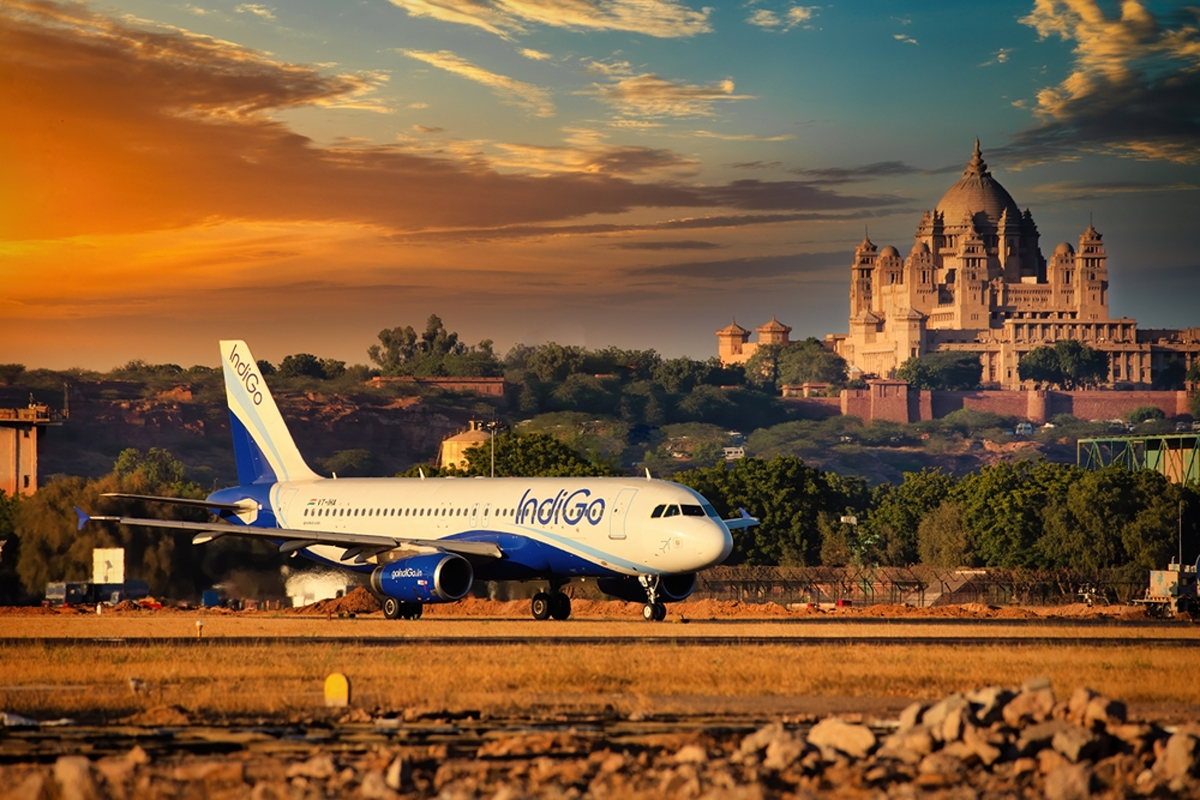IndiGo, India’s largest airline in terms of passengers carried and fleet size, has seen a sharp drop in its share value after the carrier posted a third-quarter 2024 loss. Shares in Interglobe Aviation, the airline’s parent company, dropped by 13.4% on Monday, October 28, 2024, before recovering to a drop of 8% by the close of trading on the same day.
The share price drop, which follows the airline’s announcement that it expects per-passenger revenues to fall in the coming months, marks the largest such decrease since March 2022. During the third quarter of 2024 (3Q24) ending September 30, 2024, the budget carrier reported its first quarterly loss in two years, as higher fuel prices and grounding handling costs began to bite.
Following seven consecutive quarters of profitability, InterGlobe Aviation figures show that IndiGo slipped into the red for 3Q24, posting a loss of ₹986 crore. This compares unfavorably to the same period in 2023 when the carrier posted a net profit of ₹188 crore.
Overall, the airline’s shares are down 25% from the record high they hit in mid-September 2024. The rise in share value up until September 2024 followed as the low-cost carrier capitalized on the surging demand for air travel in India and a lack of credible competition on many routes.
“Based on trends, we are estimating early- to mid-single-digit moderation in passenger unit revenues for the third quarter as compared to the same period [in 2023],” said IndiGo’s Chief Financial Officer Gaurav Negi. Analysts had been anticipating a declining trend in earnings at IndiGo, as a gradual degradation of fares fare levels has persisted in the market though operating costs remain high.

Airline management attributed this drop to the grounding of significant numbers of aircraft affected by Pratt & Whitney geared turbofan engine inspections, plus the leasing of substitute aircraft, seasonality of demand, and other inflationary pressures affecting the carrier’s bottom line. In 3Q24, the company’s total expenses grew 22% to ₹18,666 crore on a year-on-year basis.
The total number of grounded A320 family aircraft, which had stood around the mid-70s previously, has now reduced to the high 60s. This number is expected to continue dropping as engine inspections are completed, with the number of grounded planes to reduce further to around 40 by March 2025. This is expected to impact the carrier’s finances positively, as the number of aircraft on wet lease at the airline can then be returned to their owners.
IndiGo reported that, in 3Q24, the carrier’s network load factor remained flat at 82.6%, citing an increase in competition particularly on international routes, which also affected yields. Operating revenue grew by 13.6% on a year-on-year basis to ₹16,969 crore, while capacity was up by 8% overall. However, this also represents a downturn in comparison to the same period in 2023, which saw around 20% revenue growth.
IndiGo plans to start flights to five new destinations, including Penang and Langkawi in Malaysia, by March 2025. The company has also added direct flights to Jaffna in Sri Lanka, becoming the carrier’s second destination in Sri Lanka after the capital, Colombo. Additionally, with rising demand for international travel from India, the airline is set to increase capacity deployed on international routes to 30% of its total capacity, up from the current 28%.
In August 2024, the carrier announced that it had opened reservations for its highly anticipated business class product, to begin flying later in 2024. It also launched a loyalty scheme for the first time. In April 2025, IndiGo announced a widebody order with Airbus for 30 A350-900s, with an option to purchase a further 70 more in the future. The purchase represented the first time that the carrier had ordered an aircraft built for long-haul flights, which are expected to be deployed on service to the United States (US) and Europe.
“We continue to capitalize on the growth of the Indian market and associated opportunities and at the same time remain a cost leader in this competitive market,” CEO Pieter Elbers said.

